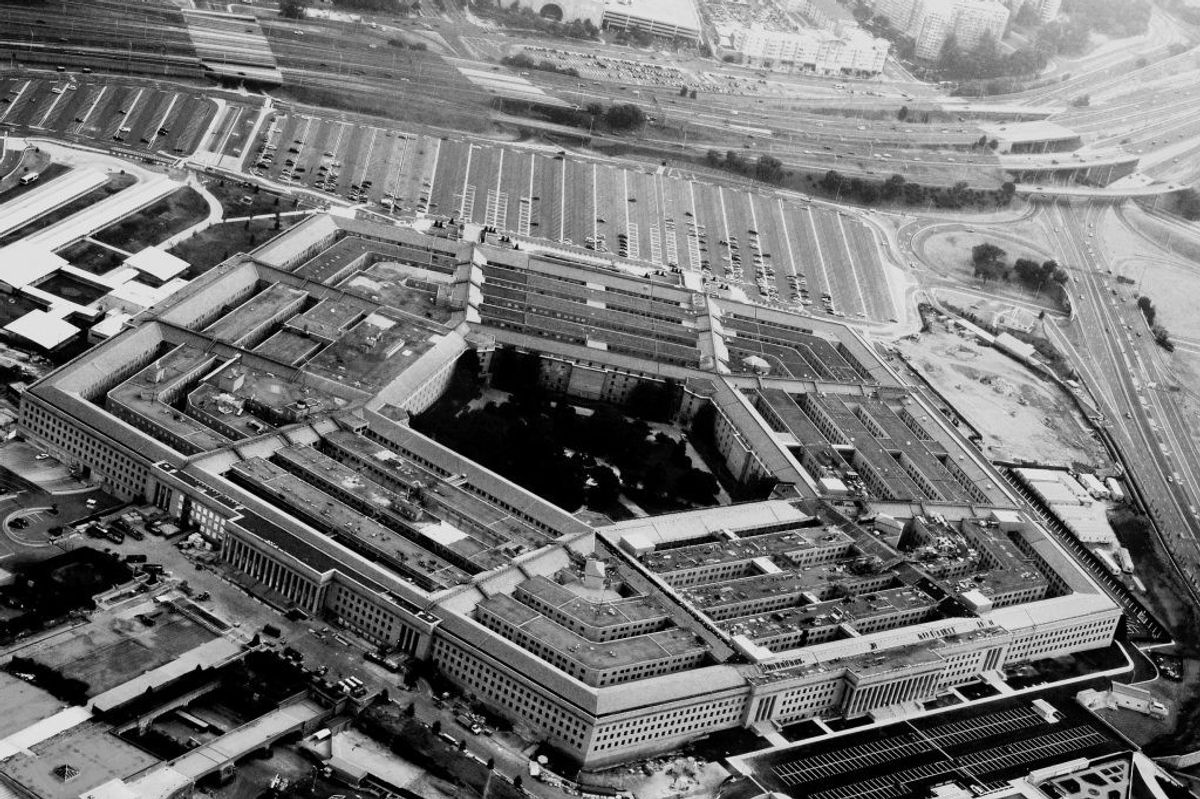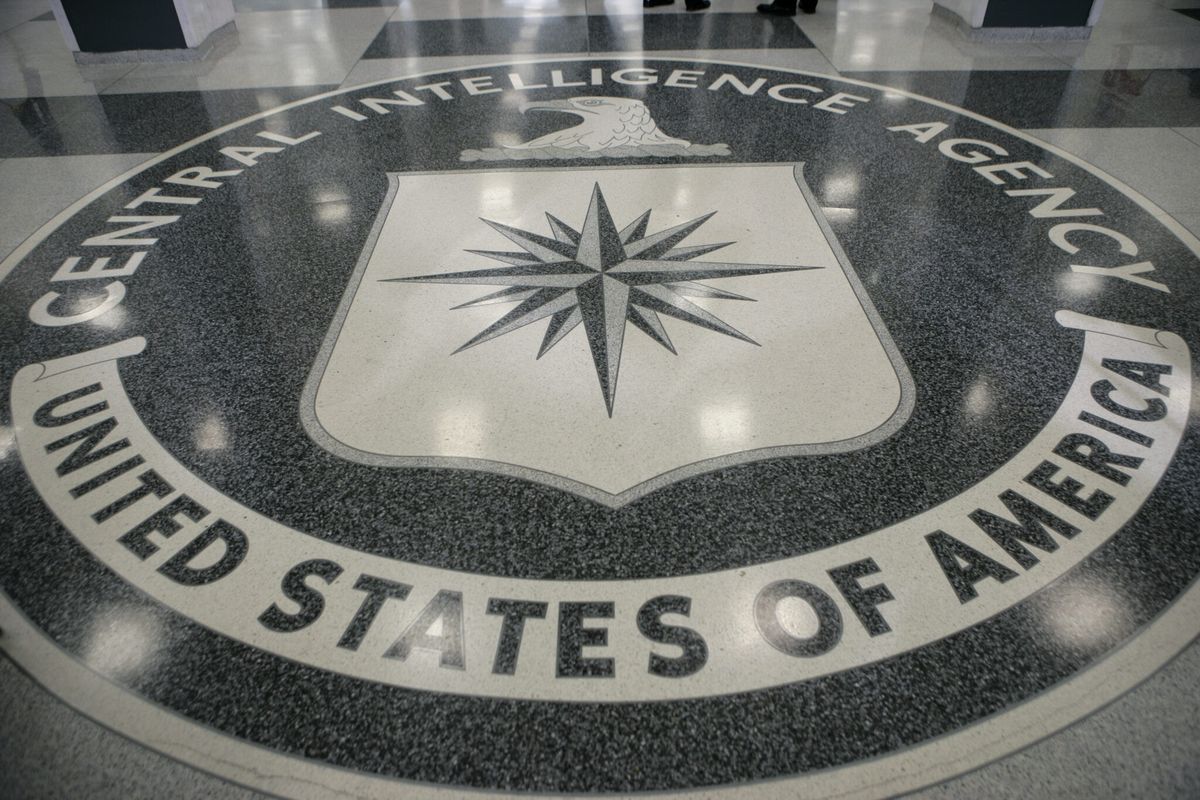The nomination hearing of Gina Haspel to lead the agency is shaping up to be a bruising interrogation over Haspel’s role in the destruction of evidence regarding the CIA’s now-defunct enhanced interrogation techniques program.
Haspel, currently deputy director of CIA, has been widely praised by former officers, but her role in the destruction of tapes of waterboarding and other aspects of interrogation has led some lawmakers like Independent Sen. Angus King of Maine to express concern, undecided over whether to support her .
What follows are the contrasting views of two former senior government leaders: Todd Rosenblum, who served in the CIA, Pentagon and Homeland Security; and General (ret.) Michael Hayden, former director of both CIA and NSA.
Todd Rosenblum: “Hard Questions about Gina Haspel’s Appropriateness to Lead CIA”
By nearly all accounts, Gina Haspel has tremendous qualifications to be the CIA’s first female director. She knows CIA inside and out. She served with distinction in the National Clandestine Service for 30 years. She is CIA’s Deputy Director. Few challenge her substantive credentials.
But there is one glaring problem with her candidacy. Gina Haspel was a central actor in one of CIA’s most shameful moments. She and her boss at the time, Jose Rodriguez, directed the destruction of states evidence in direct contravention of a court order, the congressional oversight committees and the 9/11 Commission.
While already confirmed as CIA Deputy Director, the Senate must ask itself whether her leading role in the willful destruction of vital information is disqualifying.
Destroying state evidence may have won her huzzahs in small circles, but the rule of law is threatened when government officials knowingly violate lawful congressional and commission investigations. I was on the Senate Select Committee on Intelligence when word came out about the destroyed tapes despite many requests that all pertinent information be preserved, and it was correctly viewed as a brazen and dangerous act against our democracy.
Some will argue that Haspel was too central a figure in CIA’s lawful rendition and enhanced interrogation techniques program, begun right after the attacks of 9/11, to be CIA’s next director. I believe this is an unfair charge.
CIA programs were designed to capture suspect terrorists and extract actionable intelligence from them as fast as possible. Many in law enforcement and the uniformed military rejected the need to use these techniques because they were not effective or necessary to get vital, time urgent counter-terrorism information.
Regardless of how one feels about those programs, they were authorized by President George W. Bush and briefed to select members of Congress. President Barack Obama was correct to not investigate those who carried out this program, since participants were told their actions were legal and necessary. One cannot overstate the sense of fear amongst national security officials that follow-on attacks were imminent, and the extraordinary time required extraordinary measures.
It was Haspel’s actions on Nov. 9, 2005 that gives greatest pause. On that day, she carried out the destruction of videotapes CIA had made during interrogations of Al-Qaeda suspects Abu Zubaydah and Abd al-Rahim al-Nashiri in 2002 at a CIA black site prison in Thailand.
Press reporting states some 90 tapes were made of Zubaydah and two of al-Nashiri, and that 12 of the tapes depicted "enhanced interrogation" techniques. The Department of Justice declined to file criminal charges against Ms. Haspel and Mr. Rodriquez in 2010 related to destroying the videotapes.
Democratic Senator Dianne Feinstein of California, then Vice Chair of the Senate Intelligence Committee, did block Haspel’s promotion to run the National Clandestine Service because of her role in the destruction of the tapes.
There is much good in nominating a woman to be the nation’s first female CIA director. There also is much good in nominating someone who has a strong relationship with the secretary of state-designate. CIA supports all arms of American foreign policy, not just the military, and increasing connections at the top of CIA and State is good for the nation’s security.
Nominating a career official carries risk and reward. Choosing a career CIA intelligence officer allows for immediate familiarity with the fundamentals of intelligence and the specific management, priorities, policy and planning matters of the Agency. In some circumstances, though, it could lead to group think solutions based on spending a career on the inside. CIA is an incredibly dynamic, learning organization but can suffer from insularity. Ideally, a nominee will have inside and outside experience, but one can be a tremendous director coming from the inside.
The real issue for the Senate is not Haspel’s credentials, but whether her leading role in defying court orders to preserve all evidence associated with CIA’s lawful enhanced interrogation program of suspected terrorists is a large enough a violation of the public trust to lead one of the nation’s most important arms of national security.
General Michael Hayden: “Destroying the tapes was legal”
Excerpted at Hayden’s request from his book, Playing to the Edge, American Intelligence in the Age of Terror
In November, the New York Times was chasing down reports that the CIA had destroyed videotapes that had been made of some early black site interrogations. Two years earlier, [then-CIA director of the National Clandestine Service] Jose Rodriguez had ordered the destruction of about a hundred tapes of the interrogations of Abu Zubaida and Abd al-Rahim al-Nashiri, the first two high-value detainees. Most of the tapes showed the detainees sitting around in their cells, but they also contained some graphic images of interrogation techniques being applied.
Jose said he did it to protect his officers who were visible on the tapes but he did it through a narrow legal window given that he was not respondent to any internal, legislative, or judicial inquiries. The decision was also made over the objections and without the approval of Director Goss, Director of National Intelligence John Negroponte, and the White House legal advisor – all of whom were furious with him.
The tapes were neither created nor destroyed on my watch but I told the president – who confirmed that he had never been briefed on the existence or destruction of the tapes – that it was our mess and that he should deflect all inquiries to the CIA.
In advance of the New York Times article’s publication, I sent an unclassified letter to the CIA workforce describing the history of the tapes with the intent that it would be released publicly. My public affairs chief also sent a statement to the Associated Press.
In the letter, I pointed out that, in 2003, the leadership of the two intelligence committees had been briefed that the tapes existed and that the agency intended to destroy them. I also said that the tapes had been reviewed by the inspector general, who found them consistent with the reporting cables from the black site. We had no further use for the tapes, which had originally been made to help write and verify reporting cables but which turned out to not be very useful.
After news about the tapes broke, the intelligence committee members held multiple hearings and vented their anger that more members had not been personally informed about the tapes and their destruction. The attorney general commissioned federal prosecutor John Durham to see if any laws were broken.
During a February 2008 open session of the Senate Intelligence Committee, I noted that “CIA has waterboarded three people: Zubaida, Nashiri, and Khalid Sheikh Mohammed. The last waterboarding was in March 2003.” This was the first time the names of those waterboarded had ever been made public. I also added that the use of the technique reflected the circumstances of the time, the fear of further catastrophic attacks, and our lack of knowledge of al-Qaeda.
The initial uproar died down a bit after John Durham’s criminal investigation dampened congressional enthusiasm for further inquiry. President Barack Obama’s election, however, sealed the fate of CIA detentions and interrogations despite agency arguments to the contrary. Outside of overt combat operations on battlefields in Iraq and Afghanistan, America (not just the CIA) was largely out of the detention and interrogation business. We had finally succeeded in making it so legally difficult and so politically dangerous to grab and hold someone that we would simply default to the kill switch to take terrorists off the battlefield.
Todd M. Rosenblum served as President Obama’s Acting Assistant Secretary and Principal Deputy Assistant Secretary of Defense for Homeland Defense and Americas’ Security Affairs at the Pentagon, as well as Deputy Under Secretary of Intelligence for Plans, Policy, and Performance Management at the Department of Homeland Security. Over the course of a 27-year career, Rosenblum held positions with the Senate Intelligence Committee, the Department of State, and began his professional career as an Intelligence Officer in the Central Intelligence Agency’s Office of Near Eastern Affairs.
General Michael V. Hayden is a retired four-star General in the United States Air Force; he was the Director of the Central Intelligence Agency from 2006-2009 and the Director of the National Security Agency from 1999-2005.












